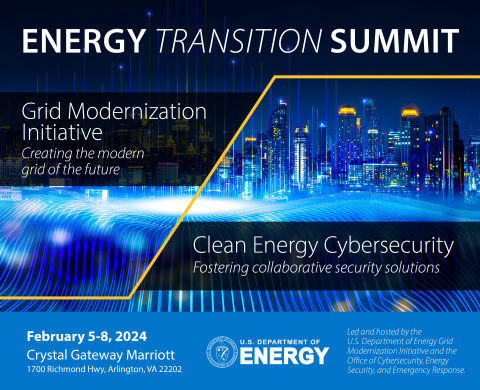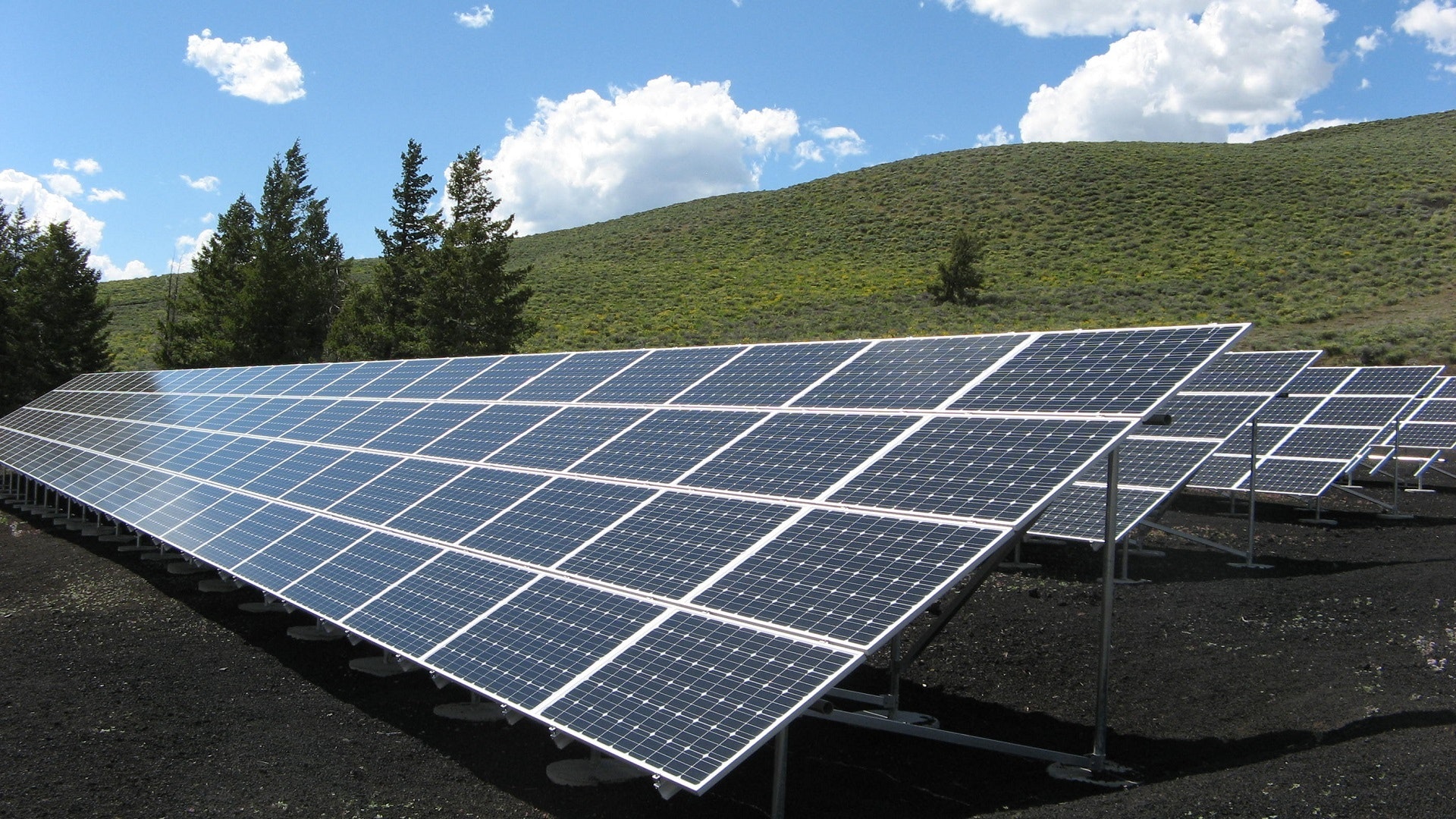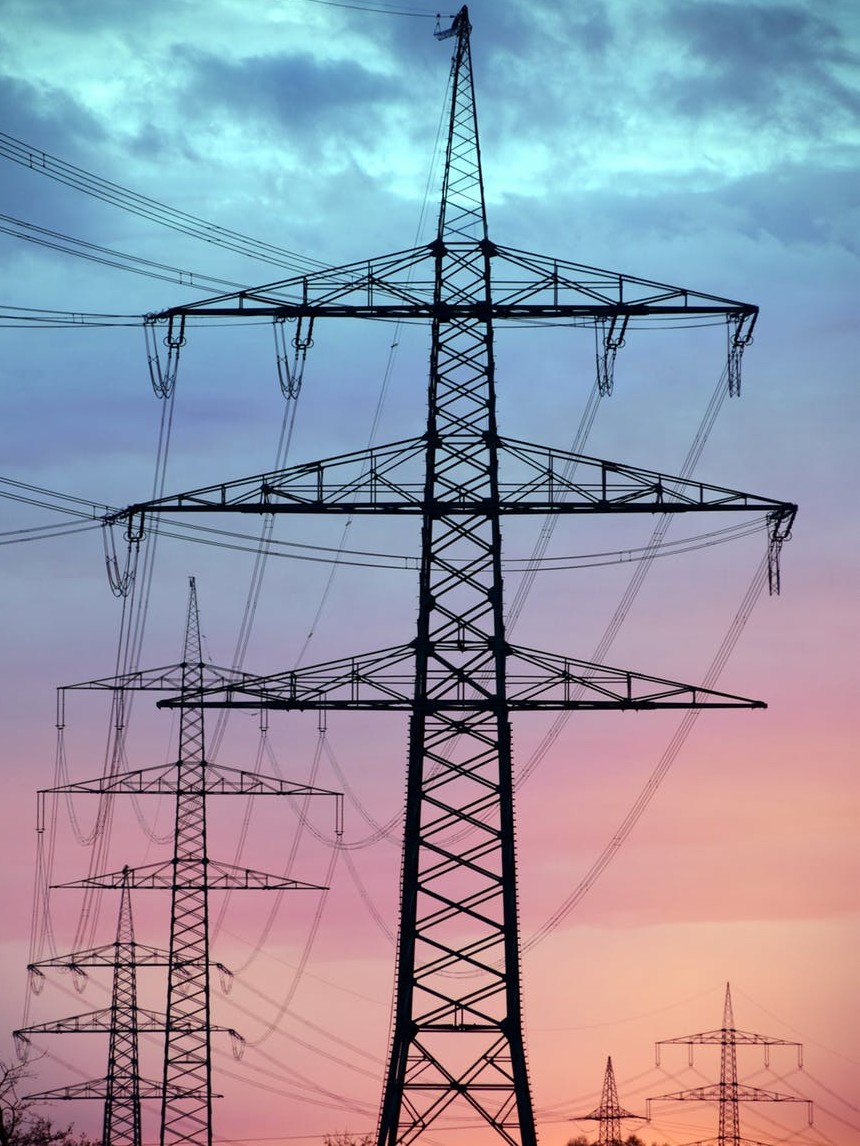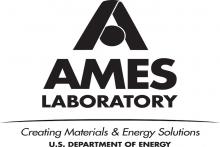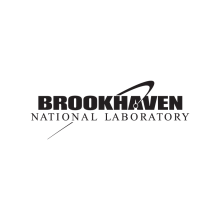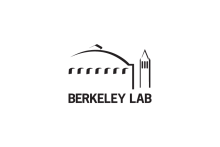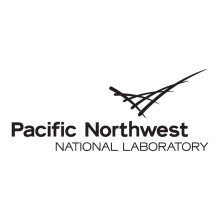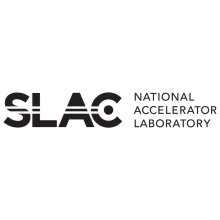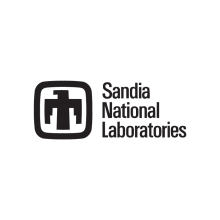What drives the Grid Modernization Lab Consortium
Modernizing the nation’s power grid to accommodate more clean energy resources while being resilient, reliable, and secure in the face of increasing extreme events and man-made threats is critical to our national security and economic prosperity. The Grid Modernization Laboratory Consortium (GMLC) coordinates and executes research and development in support of the Department of Energy’s Grid Modernization Initiative. The GMLC labs partner with industry to address the key challenges and develop new technologies to enable a decarbonized and resilient power grid for the nation. Download Informational Flyer.


